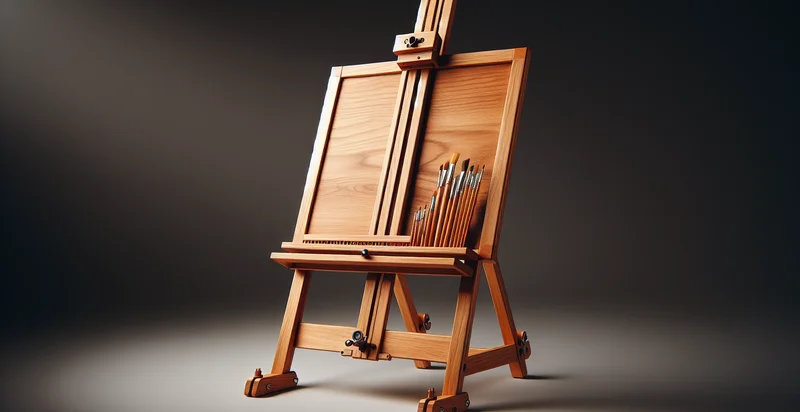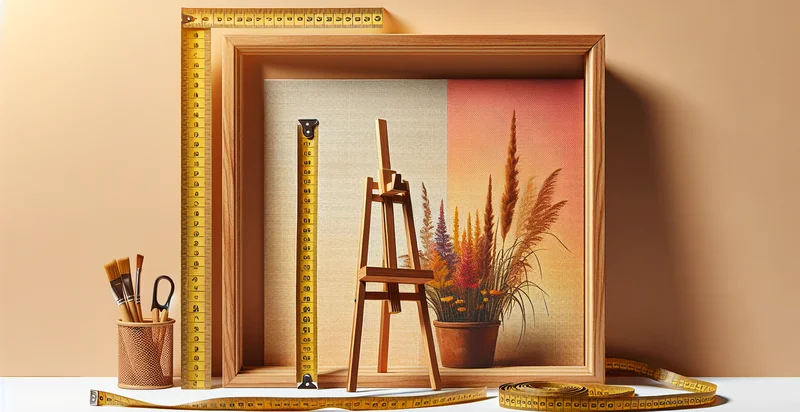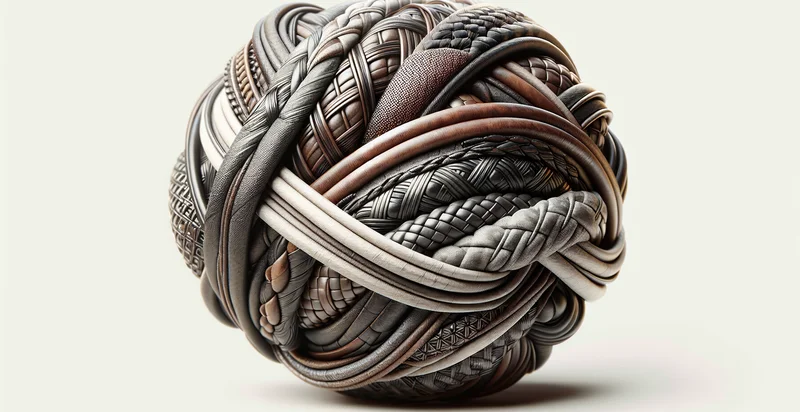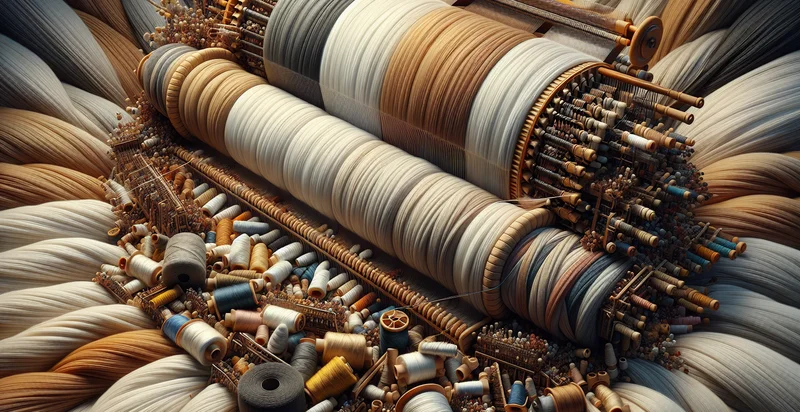Identify what material an easel is made from
using AI
Below is a free classifier to identify what material an easel is made from. Just upload your image, and our AI will predict what material an easel is made from - in just seconds.

Contact us for API access
Or, use Nyckel to build highly-accurate custom classifiers in just minutes. No PhD required.
Get started
import nyckel
credentials = nyckel.Credentials("YOUR_CLIENT_ID", "YOUR_CLIENT_SECRET")
nyckel.invoke("what-material-an-easel-is-made-from", "your_image_url", credentials)
fetch('https://www.nyckel.com/v1/functions/what-material-an-easel-is-made-from/invoke', {
method: 'POST',
headers: {
'Authorization': 'Bearer ' + 'YOUR_BEARER_TOKEN',
'Content-Type': 'application/json',
},
body: JSON.stringify(
{"data": "your_image_url"}
)
})
.then(response => response.json())
.then(data => console.log(data));
curl -X POST \
-H "Content-Type: application/json" \
-H "Authorization: Bearer YOUR_BEARER_TOKEN" \
-d '{"data": "your_image_url"}' \
https://www.nyckel.com/v1/functions/what-material-an-easel-is-made-from/invoke
How this classifier works
To start, upload your image. Our AI tool will then predict what material an easel is made from.
This pretrained image model uses a Nyckel-created dataset and has 15 labels, including Acrylic, Aluminum, Bamboo, Carbon Fiber, Fiberglass, Iron, Mdf, Metal, Particle Board and Plastic.
We'll also show a confidence score (the higher the number, the more confident the AI model is around what material an easel is made from).
Whether you're just curious or building what material an easel is made from detection into your application, we hope our classifier proves helpful.
Related Classifiers
Need to identify what material an easel is made from at scale?
Get API or Zapier access to this classifier for free. It's perfect for:
- Art Supply Store Inventory Management: The false image classification function can be utilized by art supply stores to manage inventory by identifying the materials from which easels are made. This helps in accurately categorizing products, ensuring that customers receive the right items based on their material preferences.
- E-commerce Product Validation: Online marketplaces can leverage this classification function to validate product listings for easels by confirming the material used in each item. This ensures that customers have accurate information before making a purchase, thereby reducing return rates due to mismatched expectations.
- Material-Specific Marketing Campaigns: Art brands can use the function to analyze customer engagement with different easel materials and target marketing campaigns accordingly. By understanding which materials are more popular, brands can tailor their advertisements and promotions to enhance sales.
- Quality Assurance in Manufacturing: Manufacturers can integrate this function in their quality control processes to confirm the materials used in easel production. By automatically identifying discrepancies, they can maintain consistent product quality and ensure that all products meet their specified material standards.
- Eco-Friendly Product Initiatives: Companies focused on sustainability can use the classification function to track the usage of environmentally-friendly materials in their easels. By identifying and promoting sustainable options, they can appeal to eco-conscious consumers and strengthen their brand image.
- Auction and Resale Market Analysis: Resale platforms can employ this classification function to assess the value of easels by accurately identifying their materials. This information can aid buyers in making informed decisions and sellers in pricing their products competitively based on material quality.
- Research and Development in Art Tools: Researchers in material science can leverage the classification function to study trends in easel material usage over time. The insights gained can drive innovations in creating new materials, enhancing durability, or optimizing design based on artists’ preferences and experiences.


